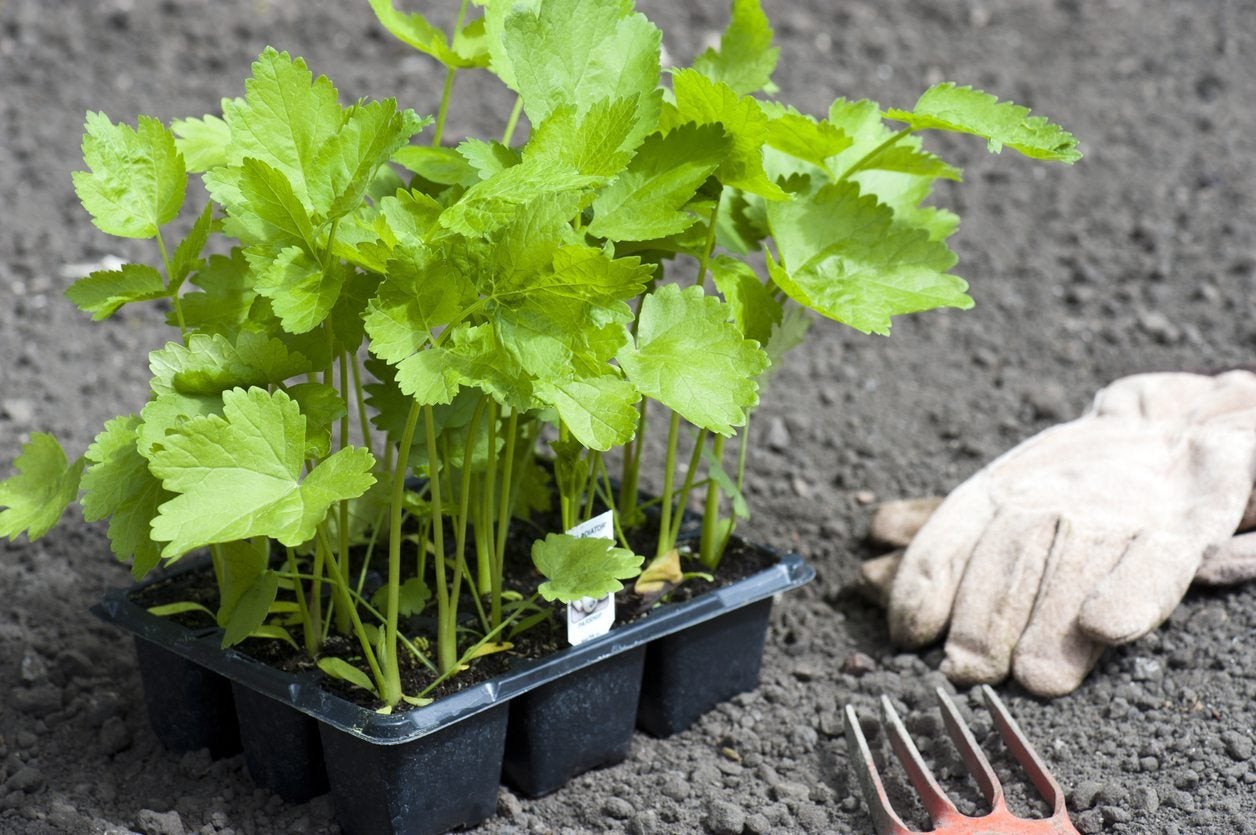
Root vegetables are making a comeback, and parsnips are high on the list. Parsnips are grown for their delicious roots and generally do best planted in a garden, but what if you don’t have a garden plot? Can you grow parsnips in pots? Keep reading to find out how to grow parsnips in a container and other useful tips for growing parsnips in containers.
Can You Grow Parsnips in Pots?
Generally speaking, almost anything can be container grown. I say almost anything. In the case of container grown parsnips, a few criteria need to be met. After all, since the plant is grown for its long roots, it would seem you would need an awfully deep pot. Parsnip roots can grow from 8 to 12 inches (20-31 cm.) in length and 1 ½ to 2 inches (4-5 cm.) across. Therefore, containers for parsnips should be about two to three times the length of the mature parsnip. Provided you have a deep enough pot, growing parsnips in containers is worth a try.
How to Grow Parsnips in Containers
Parsnips are started from seed, and the newer the seed the better since parsnip seed loses its viability quickly. Note – you can also use purchased transplants if you find them or start the seeds first and move them to a pot once large enough. Select a pot for container grown parsnips that is plenty deep, at least 2 feet (61 cm.) deep, though 3 (91 cm.) would be better, to accommodate the long root. Be sure that the pot has adequate drainage holes. Fill containers for parsnips with well-draining, compost-rich soil. Sow seeds to a depth of ½ inch (1 cm.) and lightly cover with soil. Parsnips don’t germinate very well, so seed thickly with at least two to three seeds per inch (2.5 cm.) to get a good stand. Dampen the soil and keep it moist, not drenched. Be patient. Parsnips are slow to germinate. It can take up to 34 weeks from seed to harvest. Once the seedlings are up, thin the parsnips to 2 to 4 (5-10 cm.) inches apart. Keep your container grown parsnips damp, not wet. Parsnips sweeten up nicely when they have been exposed to a couple of weeks of freezing temperatures in the fall. However, those grown in pots will be far more susceptible to actually freezing and then rotting, so lay a good thick layer of organic mulch around the plants to protect them from freezing and retain moisture.
Sign up for the Gardening Know How newsletter today and receive a free copy of our e-book "How to Grow Delicious Tomatoes".

Amy Grant has been gardening for 30 years and writing for 15. A professional chef and caterer, Amy's area of expertise is culinary gardening.
